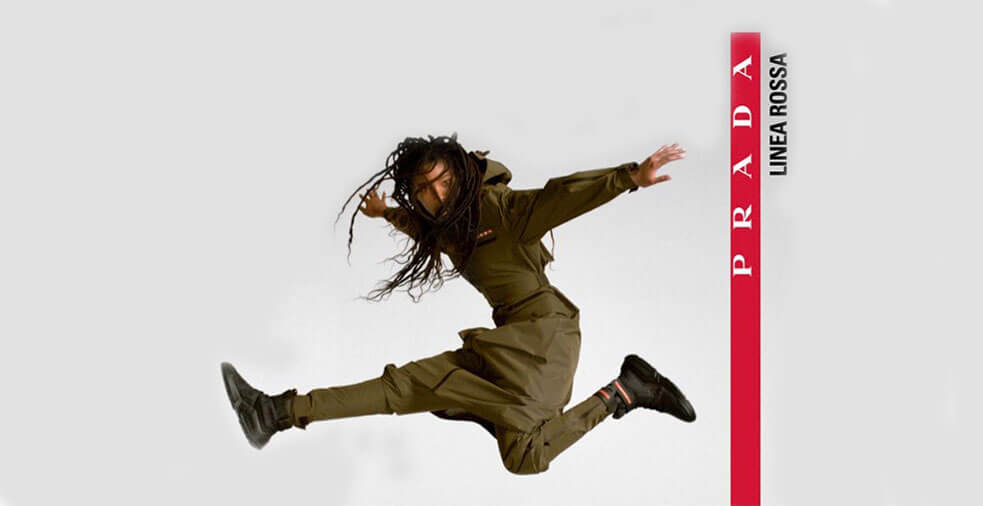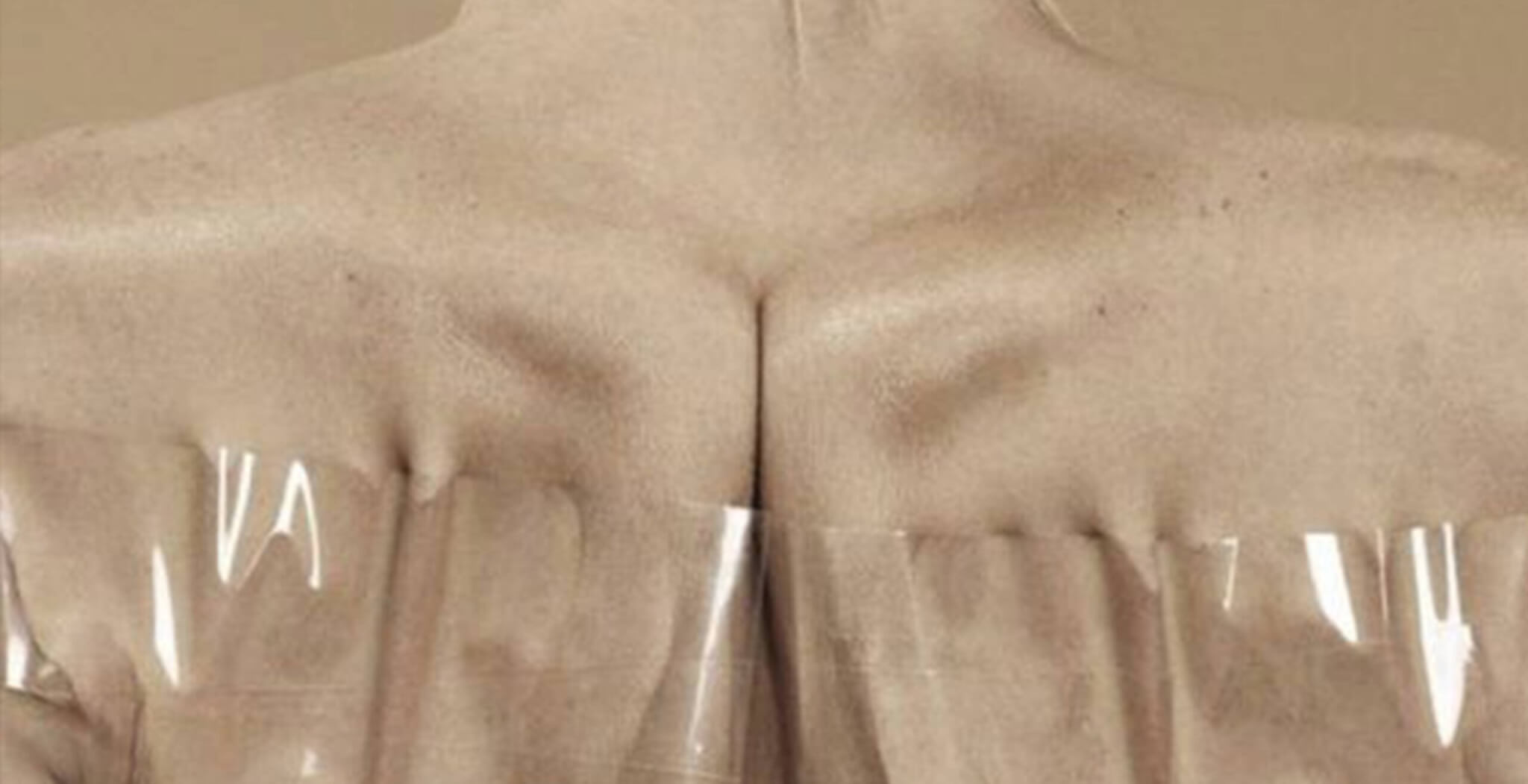Are Luxury Brands trying to fool us ?
The phenomenon of luxury brands like Hermès, Vetements, Balenciaga, and Supreme selling perplexing and seemingly useless products raises questions about their purpose and symbolism. Are these extravagant creations merely extravagant displays of wealth and eccentricity? Can these seemingly worthless items hold any value?
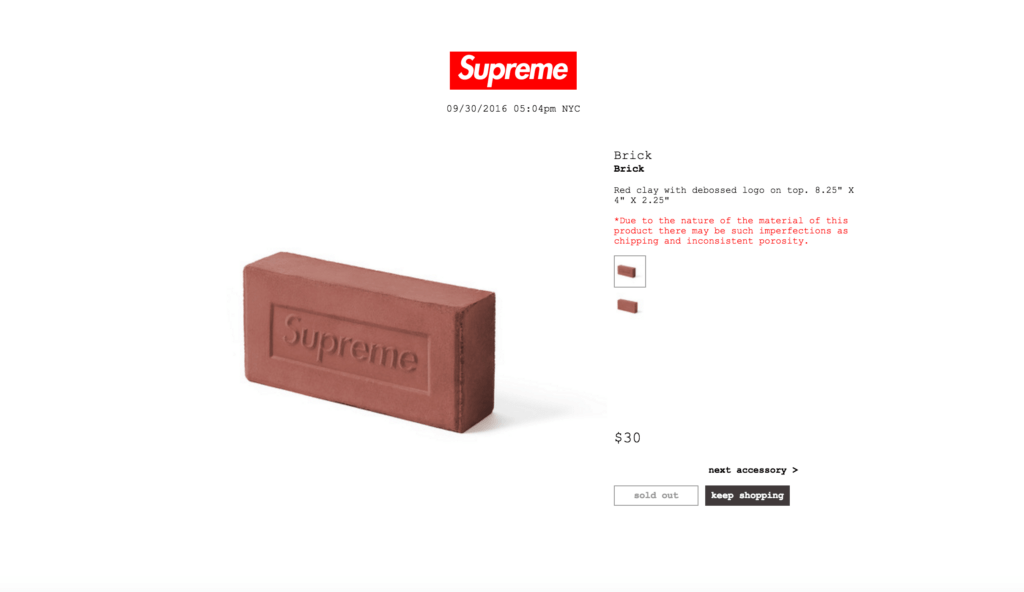
Consider the case of Supreme’s red logo brick, which gained significant attention and even developed a cult following. Originally priced at $30, these bricks reportedly resold for up to $1,000 on eBay. While some argue that such products are instantly recognizable and convey a message, like Gucci’s distressed stockings priced at $190, others fail to see their value as status symbols.
Brands like Bottega Veneta and Jil Sander push the boundaries further, selling telephone cords as necklaces for $2,000 and turning brown paper lunch bags into handbags priced at nearly $300. This raises the question of whether people purchase these items for their identity or social status or because they view them as exceptional artistic creations.
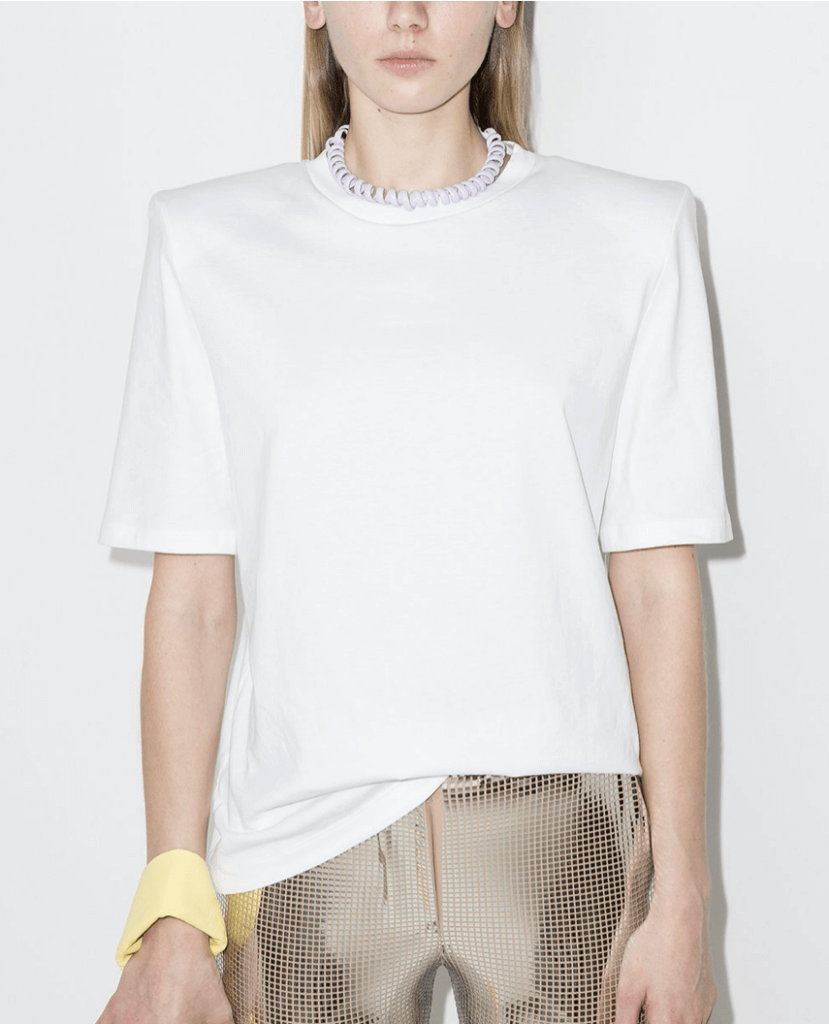
The concept of value becomes further blurred when limited editions of these peculiar items are launched, creating hype and demand. Some argue that the commodification of trash is akin to art rather than fashion. Nordstrom’s leather-wrapped rock, described as a paperweight, conversation piece, or work of art, exemplifies this idea. Luxury brands associate their products with art, challenging consumers to understand and appreciate their inventive designs.
The art world is often reserved for a select few who possess the taste and imagination to comprehend less literal forms of artistic expression. Similarly, luxury fashion brands aim to be enigmatic and provoke thought. Balenciaga’s creative director, Demna, has defended his unconventional products, such as the $2,000 leather blue tote resembling Ikea’s shopping bag, stating that he doesn’t intend to be easily understood.
In fact, to many, the commodification of trash is closer to being considered an artwork than a vogue, and this is reflected in the product description of Nordstrom’s leather-wrapped rock in 2016. “A paperweight? A conversation piece? A work of art? It’s up to you,” it reads. Luxury brands affiliate their products with art to condone their mockery, making us think that if we don’t get their sense of humour or have the capacity to attain value to their inventions then it may be us who lack imagination.
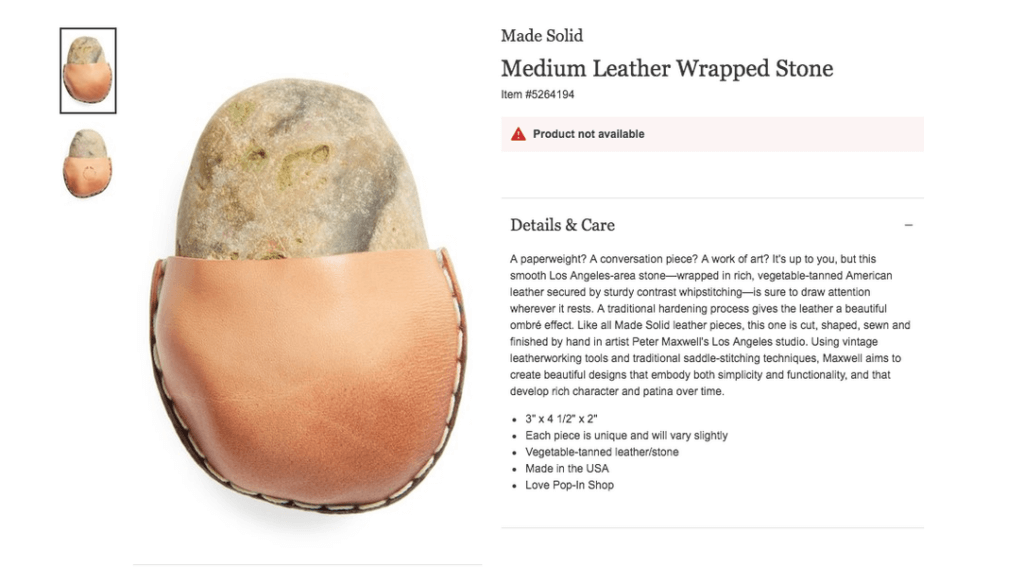
Similarly, the art world is only for a few who can understand its value — a small fraction of generally wealthy people who believe they have the taste to appreciate less literal forms of human expression and this is exactly how creatives of these brands want to make their ingenious products come across, such as Balenciaga’s creative director Demna, who has repetitively expressed that he doesn’t intend to be understood when he’s been questioned about some of his products such as Balenciaga’s leather blue tote that resembled Ikea’s shopping bag, priced at $2,000.
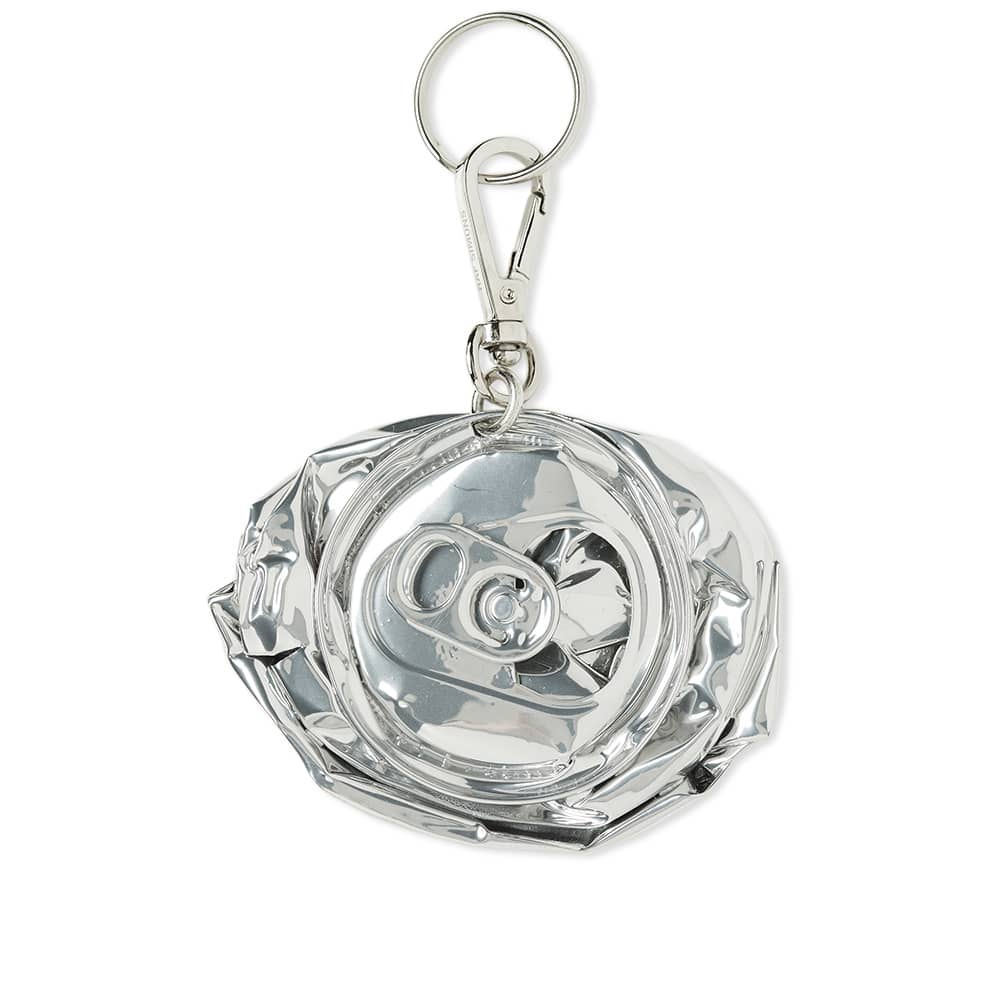
Knowing about their power to stir excitement, luxury houses are elevating the mundane and taking on a new value and meaning, with the example of Raf Simons who created key-rings out of aluminum crushed cans, painted in silver, for $285 — does it mean they get rusty? Surely. Commodifying trash and willingly wanting to pay for it is one thing, and another is to think we are supporting authorship, rarity, nonconformity and creative processes.
So, what’s next in fashion? Recently, Demna has been spotted ‘wearing’ an empty bag of lays crisps as his handbag and we’re wondering whether this has been an unofficial announcement to introduce Balenciaga’s next hit — which wouldn’t be a surprise at this point.










